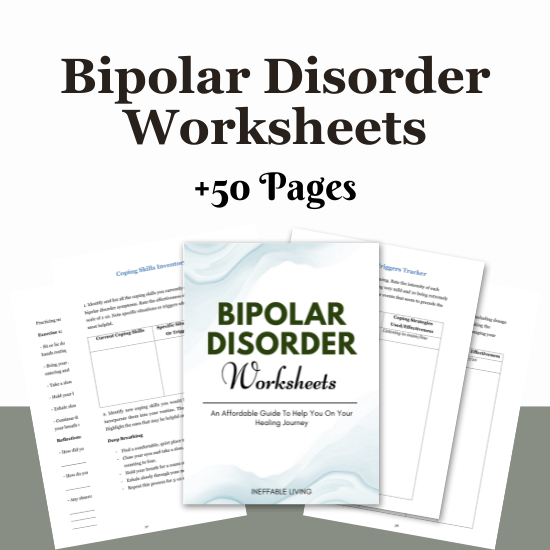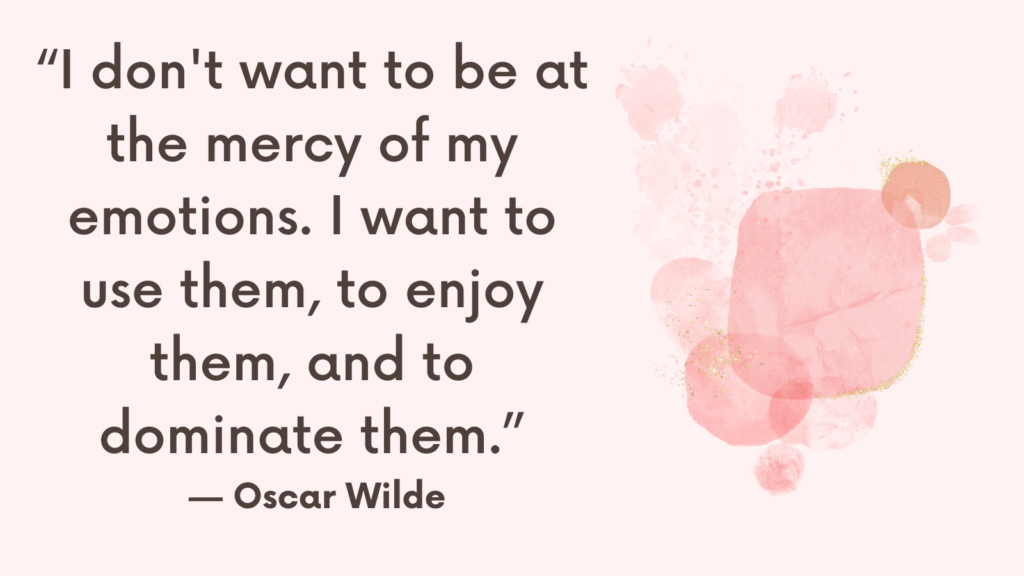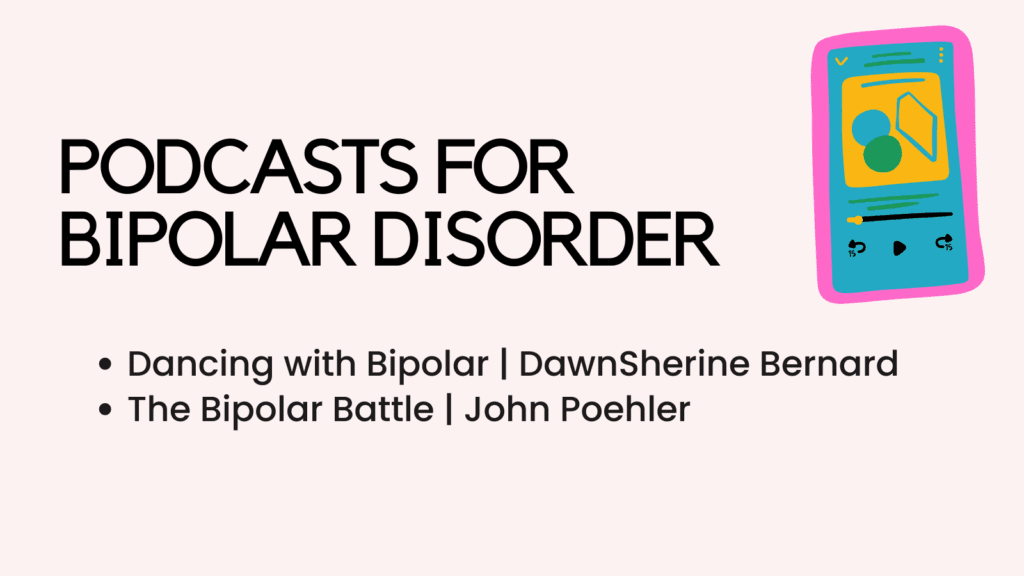Understanding the differences between Bipolar Disorder and Borderline Personality Disorder (BPD) can be challenging due to overlapping symptoms such as mood swings and impulsivity.
However, these disorders have distinct characteristics that set them apart. This guide will help you differentiate between the two.
Personality Disorders vs. Psychiatric Illnesses
Firstly, it is essential to understand the fundamental difference between personality disorders and psychiatric illnesses.
Your personality is like the climate of a region – it is consistent and enduring.
In contrast, psychiatric illnesses, such as depression or bipolar disorder, are more like the weather – temporary states that change over time.
Imagine a tropical region that experiences a hurricane. The hurricane represents a psychiatric illness disrupting the environment temporarily, while the warm climate represents the personality that remains consistent before and after the hurricane.
Related: DBT For Bipolar: How To Self-Manage Bipolar Disorder Using Dialectical Behavior Therapy (DBT)?
Borderline Personality Disorder (BPD)
BPD is characterized by a pervasive pattern of instability in relationships, self-image, and emotions, starting in early adulthood.
According to the Diagnostic and Statistical Manual of Mental Disorders (DSM-5), a diagnosis of BPD requires the presence of at least five of the following criteria:
1. Frantic Efforts to Avoid Abandonment: People with BPD may go to extreme lengths to prevent real or imagined abandonment. They might misinterpret minor changes in behavior or communication as signs of rejection.
2. Unstable and Intense Relationships: Individuals with BPD often swing between idealizing someone and devaluing them. One moment, they may see you as perfect, and the next, as the worst person ever.
3. Identity Disturbance: This involves a persistently unstable self-image or sense of self. It is a deep-seated confusion about fundamental aspects of identity, such as gender, sexuality, or spirituality.
4. Impulsivity: This could be seen in behaviors like reckless spending, risky sexual behaviors, substance abuse, or binge eating, usually in at least two areas that can be self-damaging.
5. Recurrent Suicidal Behavior or Self-Mutilation: Individuals with BPD may engage in self-harm or suicidal gestures as a way to cope with intense emotional pain.
6. Emotional Instability: They often experience intense, episodic emotional reactions that last a few hours to a few days, such as severe mood swings, irritability, or anxiety.
7. Chronic Feelings of Emptiness: Many individuals with BPD feel a pervasive sense of emptiness and may use self-harm as a way to feel real or to relieve tension.
8. Inappropriate, Intense Anger: This can manifest as frequent temper outbursts, constant anger, or physical fights.
9. Transient, Stress-Related Paranoid Thoughts or Severe Dissociative Symptoms: During periods of extreme stress, people with BPD may experience brief episodes of paranoia or dissociation, feeling detached from reality or themselves.
Related: Resources For Bipolar Disorder (Information, APPS, Podcasts, Books)
Bipolar Disorder
Bipolar disorder, on the other hand, is characterized by distinct episodes of mood disturbances, including manic or hypomanic episodes and depressive episodes.
Each episode must meet specific criteria and last for a minimum duration:
– Manic Episodes: Must last at least one week and include symptoms like elevated or irritable mood, increased activity or energy, inflated self-esteem, decreased need for sleep, and more.
– Depressive Episodes: Must last at least two weeks and include symptoms like depressed mood, loss of interest or pleasure in activities, changes in weight or sleep, fatigue, feelings of worthlessness, and suicidal thoughts.
Related: Best 10 Bipolar Books
Bipolar Disorder vs. Borderline Personality Disorder – Key Differences
1. Duration and Pattern of Mood Swings
In BPD, mood swings can occur rapidly within the same day, whereas in bipolar disorder, mood episodes last for weeks or months.
2. Fear of Abandonment and Unstable Identity
These are core features of BPD but are not present in bipolar disorder.
Bipolar disorder is more about episodic mood changes rather than a pervasive pattern of instability.
3. Manipulative Behaviors
Manipulative behaviors are linked to personality traits and are more characteristic of BPD.
Bipolar disorder does not inherently involve manipulative behaviors, although individuals might behave impulsively during manic episodes.
4. Self-Harm
While individuals with both disorders might engage in self-harm, in BPD, it is often a coping mechanism for emotional pain or a way to feel real.
In bipolar disorder, self-harm might occur during depressive episodes but is not a primary feature.
Related: Best 6 Mindfulness Exercises For Beginners (+FREE Resources)
Treatment Approaches
Borderline Personality Disorder
– Dialectical Behavior Therapy (DBT): A specialized form of cognitive-behavioral therapy designed for BPD, focusing on skills training in emotional regulation, distress tolerance, interpersonal effectiveness, and mindfulness.
– Medication: While not the primary treatment, mood stabilizers and antidepressants can help manage some symptoms, especially if there is co-occurring depression.
Bipolar Disorder
– Medication Management: The cornerstone of treatment, including mood stabilizers (e.g., lithium), antipsychotics, and sometimes antidepressants.
– Cognitive Behavioral Therapy (CBT): Helpful for managing depressive symptoms and preventing relapse.
Related: Best 8 Mindfulness Exercises For Adults That Will Help You Regulate Your Emotions

Conclusion
While Bipolar Disorder and Borderline Personality Disorder share some overlapping symptoms, they are distinct conditions with different underlying causes and treatment approaches.
Bipolar disorder is characterized by episodic mood changes, whereas BPD involves a pervasive pattern of instability in relationships, self-image, and emotions.
Understanding these differences is crucial for accurate diagnosis and effective treatment.
If you suspect you or someone you know might be struggling with either of these conditions, seeking professional help is essential for proper evaluation and care.



